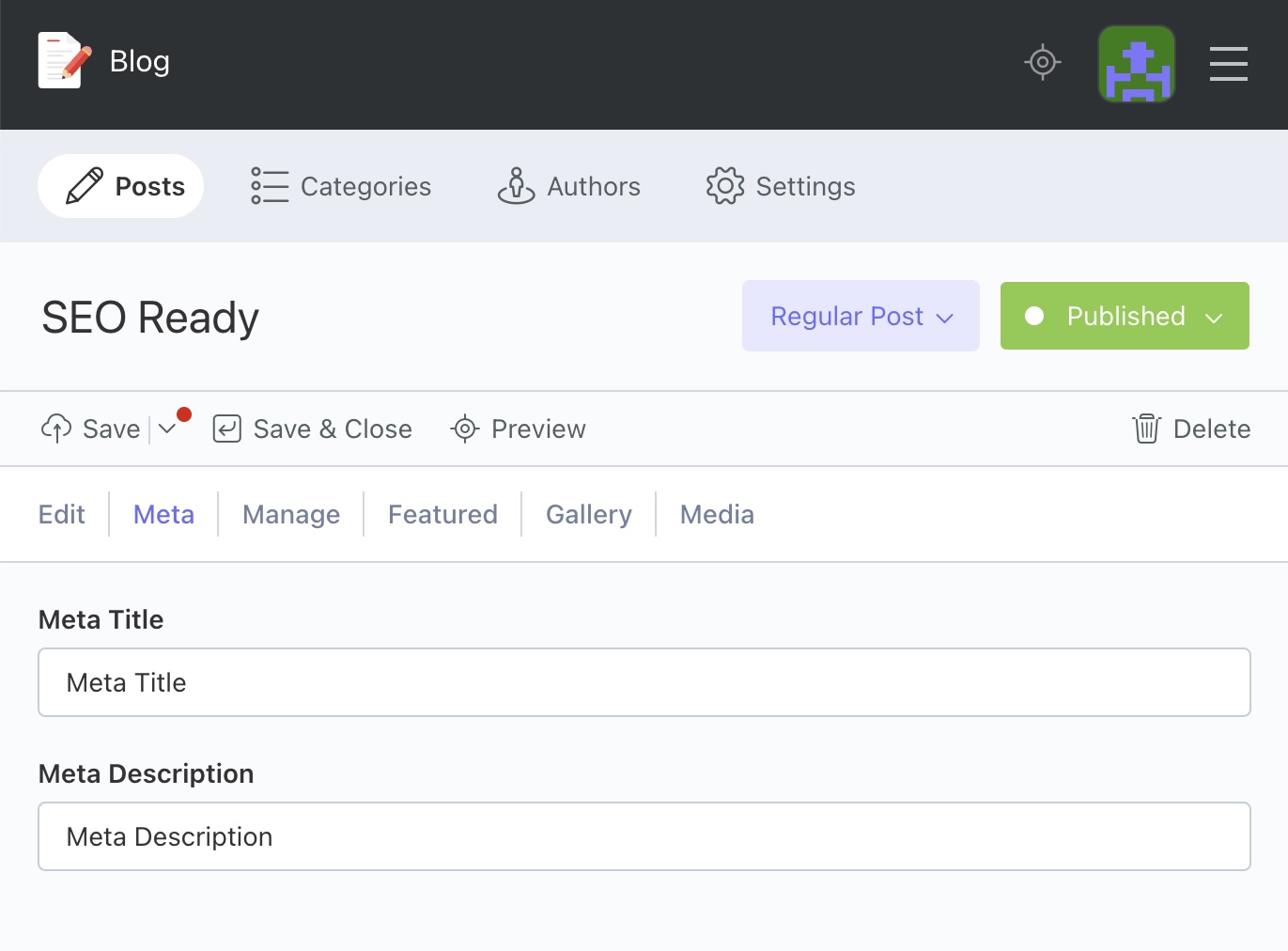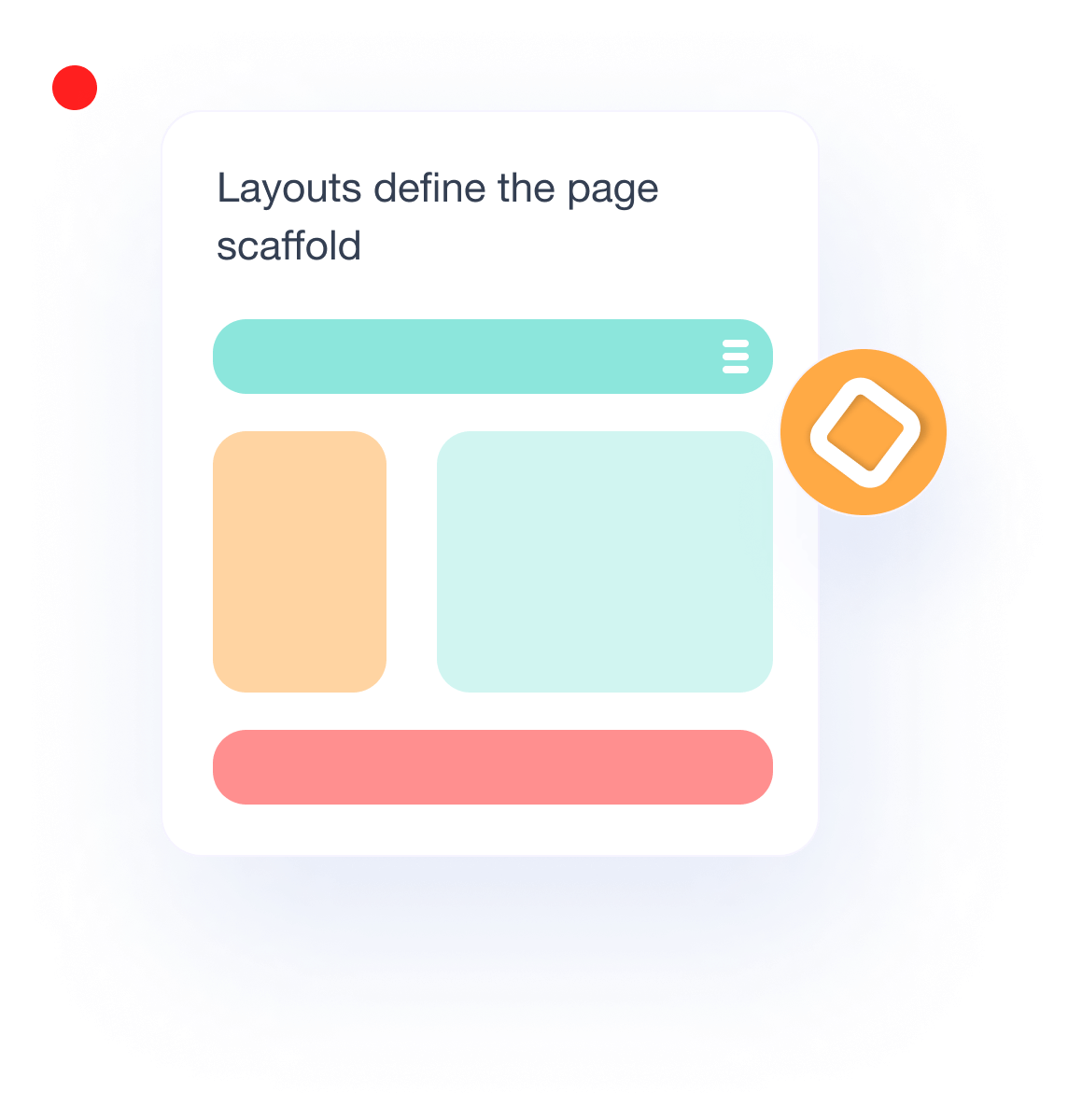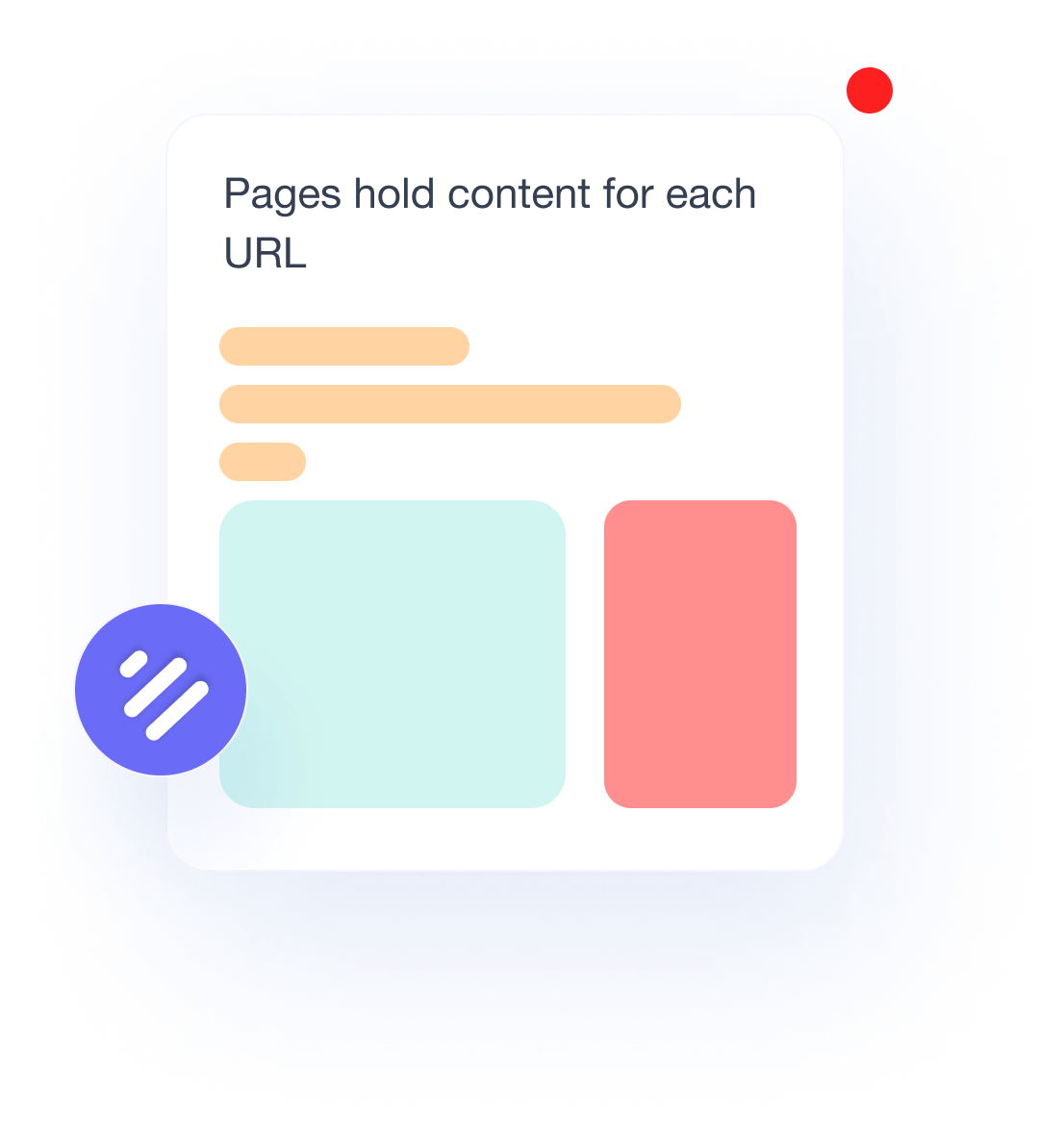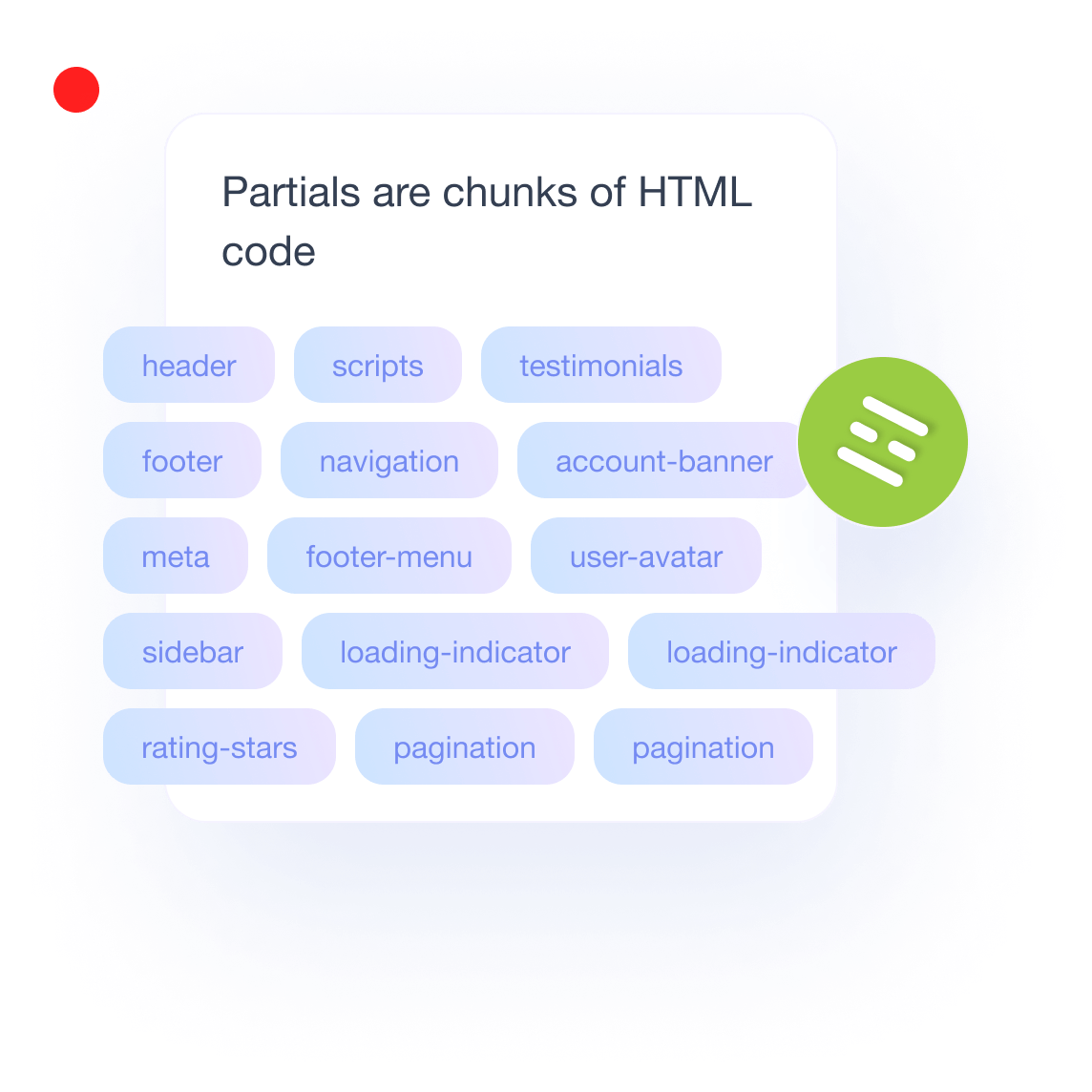SEO Optimized Websites
Where Elegant Design Meets Powerful Functionality. Premium Themes, Carefully Crafted For Your Success.


Premium Theme Collection
Each theme in our curated collection combines stunning aesthetics with robust performance, designed for both beauty and usability.
Our Services
No Programming Skills Required
Non-technical users can easily manage page content with our built-in visual editor, effortlessly handling images, videos and other media files.
Powerful Backend Features
We've integrated the best features including image cropping, advanced file management, and CDN support. Everything is ready out of the box and simple to use.
Fast Content Translation
Use our free Translate plugin to quickly translate page content into multiple languages and reach a global audience.
Intuitive & Easy To Learn
Our intuitive user experience design makes it easy for anyone to get started and become proficient in no time.
Available in 36 Languages
Our interface has been translated into 36 languages and counting, thanks to our dedicated worldwide community.
Layouts
Layouts define the foundational structure of your pages. These files contain everything that repeats across your site, including HTML structure, HEAD and BODY tags, and CSS/JavaScript references. The navigation menu and footer are also typically defined in layouts. Layouts are completely optional—you can build everything directly in individual page files.
Learn More About Layouts

Pages
Pages contain the unique content for each URL in your website. A page file determines both the URL pattern and the content displayed. Pages are rendered within layouts using the page tag, which should be included in your layout code.
Learn More About PagesPartials
Partials are reusable HTML components that can be embedded anywhere throughout your website. They help simplify complex page structures and promote code reusability across multiple sections. Partials are also essential components of the integrated AJAX framework, enabling dynamic interactions.
Learn More About Partials
Discover Even More Powerful Features
Explore our comprehensive documentation to unlock the full potential of our platform.
Explore Full Documentation